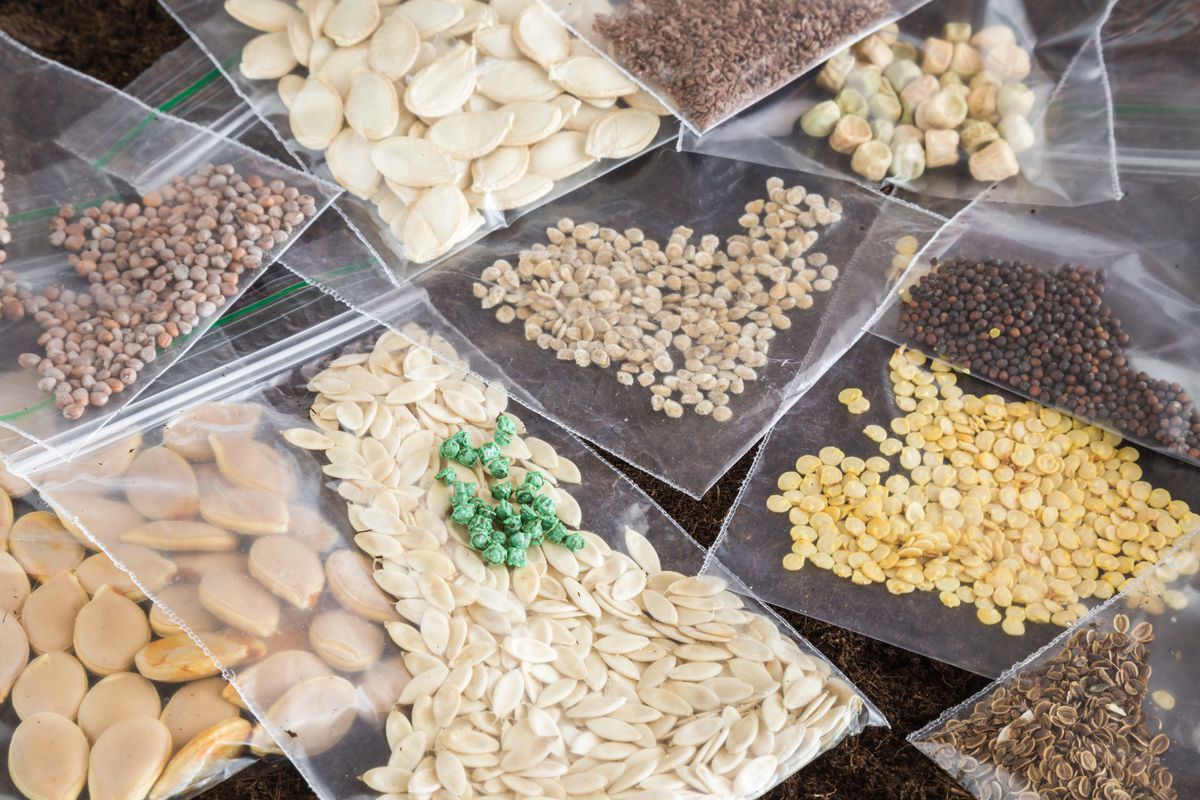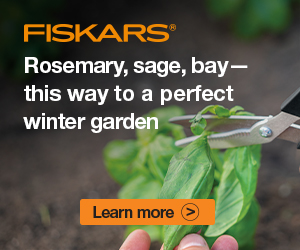
Tips to Saving Seeds for Novices
Learning how to save seeds from flowers and some vegetables is simple. I typically store seeds I’ll use in my garden the following year.
It’s fulfilling and enjoyable to save vegetable seeds for the next year, and it’s another step toward permaculture and becoming less reliant on others.
Pointers in Preserving Seeds
While preserving or storing any seed, bear in mind these three basic guidelines:
- Seeds must be entirely dry before being stored. If the seed has any moisture when it is packaged, it will likely degrade and not sprout the next year.
- Maintain seeds in a cool, dry, and dark location. Over the winter, put the seeds in envelopes and store them in the back of a refrigerator.
It is also ideal to put a package of silica next to them to soak up any moisture.
- Every non-hybrid or genetically modified plant, and any heirloom species, can have their seeds saved.
Hybrid plant seeds shouldn’t be saved because they were made from two separate “parent” plants. Hybrid plant seeds will yield various results, although frequently, these plants will be frail and unwell.
Saving Garlic Seeds
Garlic bulbs are easily picked from your garden, allowed to cure for about two months, and then can be divided into cloves and planted the following fall. While planting, keep the clove’s wrapper on.

Saving Potato Seeds
You can keep potatoes in your garage over the winter, but don’t wash them. Instead, let them cure and then dry on paper for a week or so before layering them in a huge tote bin with added wood shavings from the feed shop.
Another excellent method for keeping vegetables is sand. The container is covered with a loose lid. The potatoes in the bottom layer are saved for the spring as seed potatoes.
You can break the sprouts if they appear throughout the winter. Once planted, fresh ones continue to sprout.
Saving Tomato Seeds
You should only use heirloom or open-pollinated tomato plants when storing tomato seeds rather than hybrid ones. You might be tempted to keep seeds from your smallest tomatoes, but resist the urge.
Choose your best tomato instead of your best plant to ensure these beneficial genetics are passed on. Because tomato seeds are enclosed in a gel wrapping that prevents them from sprouting inside the tomato, saving tomato seeds requires a little more effort than saving most other vegetable seeds.
You may also like
Written by coral
| M | T | W | T | F | S | S |
|---|---|---|---|---|---|---|
| 1 | 2 | |||||
| 3 | 4 | 5 | 6 | 7 | 8 | 9 |
| 10 | 11 | 12 | 13 | 14 | 15 | 16 |
| 17 | 18 | 19 | 20 | 21 | 22 | 23 |
| 24 | 25 | 26 | 27 | 28 | 29 | 30 |


Leave a Reply